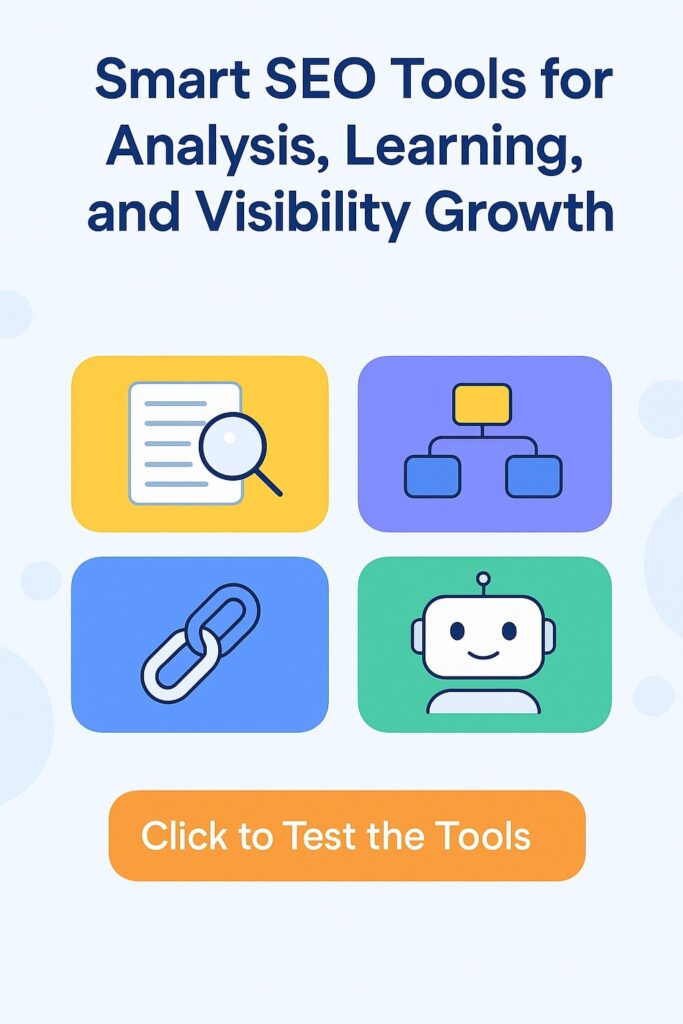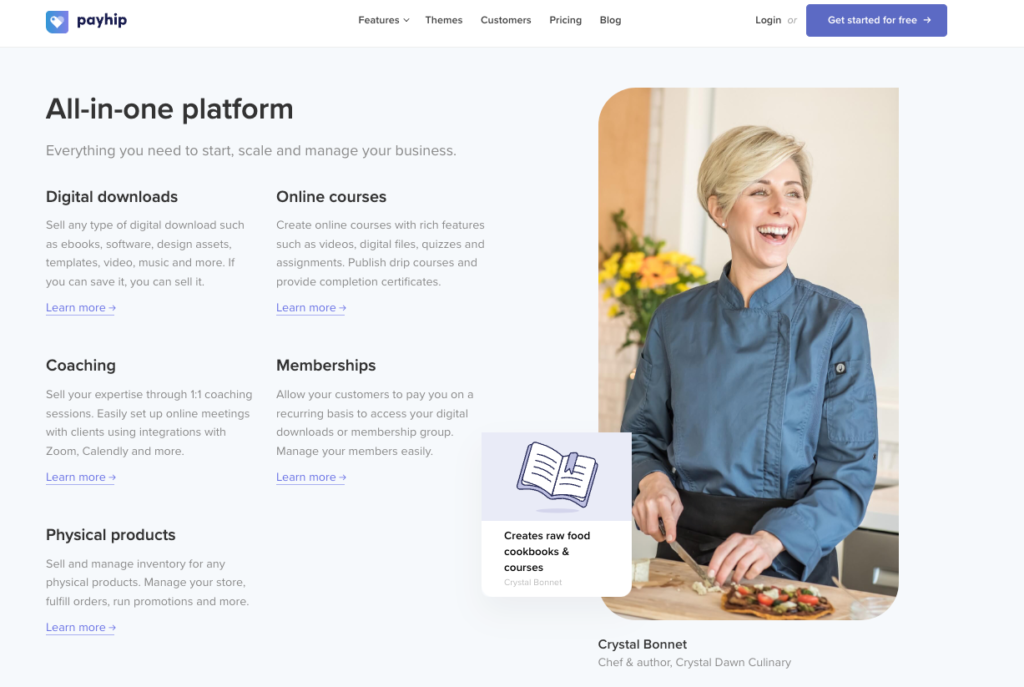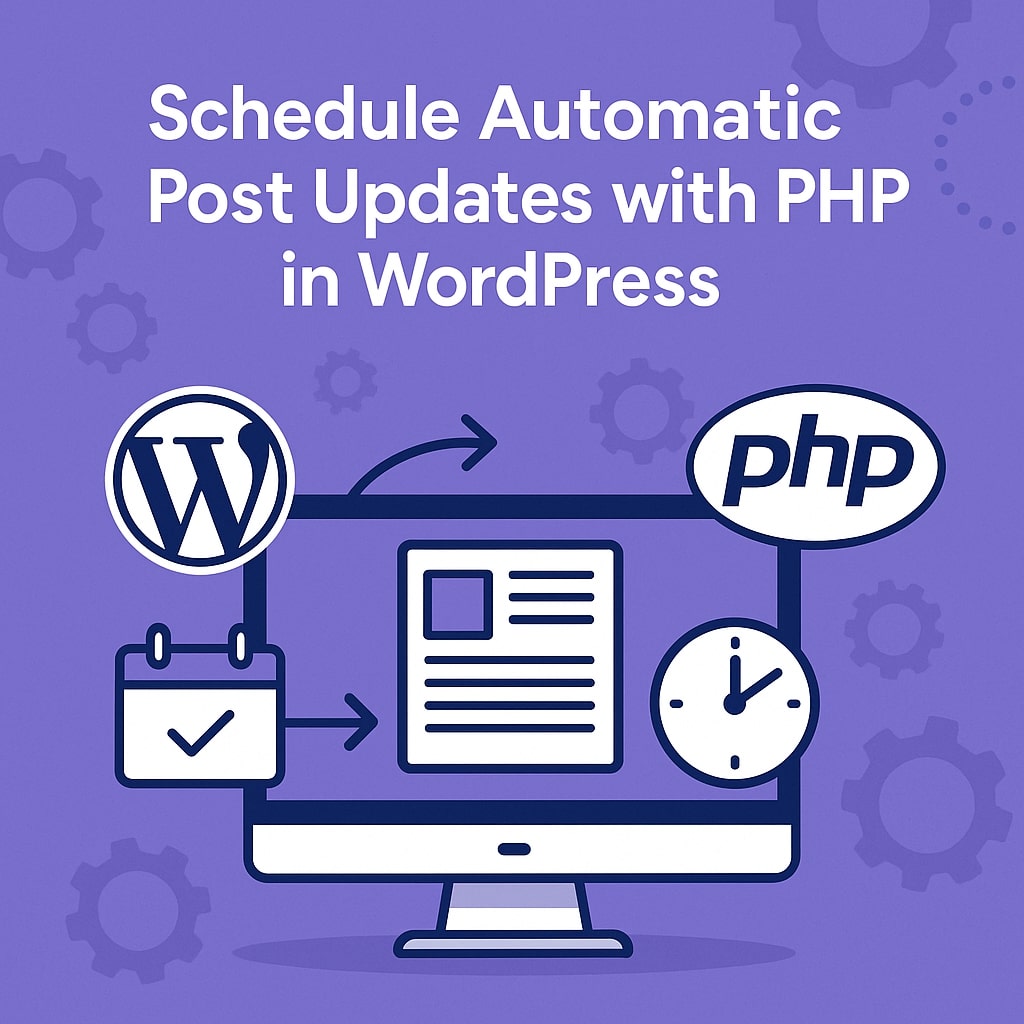Digital PR in the Modern Age: A Complete Guide
Establishing a strong online presence is crucial for any business or brand. This is where Digital PR comes into play. As the digital landscape continues to evolve, traditional PR methods alone are no longer sufficient to reach and engage target audiences. This article will delve into the world of Digital PR, exploring its definition, key strategies, benefits, and future trends. We will cover everything you need to know to understand what Digital PR is and why it’s essential for success in the modern marketing environment.
What is Digital PR?
Digital PR is a powerful strategy used to enhance a brand’s online presence and reputation by building relationships with key online audiences and securing high-quality placements across various digital channels. In essence, it’s the modern evolution of traditional PR, adapted to the dynamic landscape of the internet. While traditional PR might focus on print publications, television, and radio, digital PR leverages the vast reach of the online world, including websites, blogs, social media, podcasts, and more.
Definition: Digital PR can be defined as the strategic use of online channels and tactics to cultivate a positive public image, build brand authority, and increase visibility. It goes beyond simply securing media coverage; it’s about fostering genuine connections with target audiences through valuable content and strategic engagement.
Goals and Objectives: The goals of a digital PR campaign are multifaceted and can vary based on specific business needs. However, some common objectives include:
- Increased Brand Awareness: Making your brand more recognizable and memorable among your target audience.
- Reputation Management: Building and maintaining a positive online reputation, addressing negative sentiment, and building trust.
- Lead Generation: Driving qualified leads to your website or sales funnel through engaging content and targeted outreach.
- Boosting Sales: Ultimately, influencing purchasing decisions and driving revenue growth through increased brand visibility and credibility.
Differences from Traditional PR: While both digital and traditional PR share the same fundamental goal of managing public perception, they differ significantly in their execution. Here are some key distinctions:
- Channels: Traditional PR primarily relies on print media, television, and radio. Digital PR, on the other hand, utilizes the internet as its main playground, encompassing websites, blogs, social media platforms, online news outlets, and more.
- Tools: Digital PR professionals employ a diverse set of tools, including SEO, content marketing, influencer marketing, social media engagement, and email outreach. Traditional PR relies more heavily on press releases, press conferences, and media relations through personal contact.
- Measurement: One of the most significant advantages of digital PR is its measurability. Through analytics platforms, you can track the performance of your campaigns in real time, allowing for data-driven adjustments and optimization. Traditional PR often relies on less precise metrics like estimated reach and media impressions.
This section provides a foundational understanding of what digital PR is, its goals, and how it differs from traditional methods. The next section will delve into the key strategies and tools that make up the digital PR toolkit.
Key Strategies and Tools of Digital PR
Digital PR encompasses a wide range of strategies and tools designed to achieve the objectives outlined in the previous section. Successfully navigating this landscape requires a multi-faceted approach, leveraging the strengths of each method to create a cohesive and impactful online presence. Here are some of the core components:
- Content Marketing: At the heart of many successful digital PR campaigns lies content marketing. This involves creating and distributing valuable, relevant, and consistent content to attract and engage a clearly defined audience. Think blog posts, articles, infographics, videos, e-books, and more. High-quality content not only establishes your brand as a thought leader but also provides valuable resources that journalists, bloggers, and influencers are more likely to share.
- Influencer Marketing: Collaborating with influencers – individuals who have a strong following and credibility within your target audience – is a powerful way to amplify your message and reach new audiences. Influencers can range from industry experts and bloggers to social media personalities and even micro-influencers with smaller, highly engaged followings. The key is to identify influencers whose values align with your brand and whose audience matches your target demographic.
- Guest Blogging: Contributing articles to reputable websites and blogs within your industry is an excellent way to build brand awareness, establish thought leadership, and earn valuable backlinks that can boost your SEO. This strategy allows you to tap into established audiences and position yourself as an expert in your field.
- SEO (Search Engine Optimization): Optimizing your online content for search engines is crucial for ensuring that your target audience can easily find you when searching for relevant information online. SEO involves keyword research, on-page optimization, link building, and technical SEO. By ranking higher in search results, you increase organic traffic to your website and enhance your brand’s visibility.
- SMM (Social Media Marketing): Social media platforms offer unparalleled opportunities to connect with your target audience, build relationships, and engage in real-time conversations. Each platform has its own unique strengths, so tailoring your strategy to the specific platform is crucial. From sharing your content and running contests to responding to comments and participating in industry discussions, SMM plays a vital role in building brand awareness and fostering a loyal community.
- Email Marketing: Despite the rise of social media, email marketing remains a powerful tool for nurturing leads, promoting content, and building relationships with your audience. By segmenting your email list and delivering targeted messages, you can provide valuable content that keeps subscribers engaged and informed.
- Other Tools: In addition to the core strategies mentioned above, a variety of other tools can contribute to a successful digital PR campaign. These include:
- Online Press Releases: While not as central as they once were, online press releases can still be useful for announcing significant news or events.
- Online Events: Webinars, online workshops, and virtual conferences can help you connect with your target audience, share your expertise, and generate leads.
This section has outlined the core strategies and tools employed in a digital PR campaign. The following section will explore the numerous advantages of leveraging this powerful approach to building your brand.
Micro tools for SEO based on AI
Smart SEO Keyword Clustering & Intent Analysis Assistant Keyword Navigator is a specialized Gemini Gem…
Pet Projects: From Passion to Profit
What is a Pet Project?Why Are Pet Projects Popular?Understanding Pet ProjectsTypes of Pet ProjectsReal-World Examples…
Digital PR in the Modern Age: A Complete Guide
Establishing a strong online presence is crucial for any business or brand. This is where…
10 Steps For How To Become A Content Creator
Content creation has become one of the most sought-after careers today. As a content creator,…
Link Building for Crypto/Blockchain Websites
Link building plays a vital role in the SEO strategy of any crypto project. It…
Link Building for eCommerce Websites
SEO implementation for e-commerce is essential for driving business growth, as a large share of…
Advantages of Digital PR
Digital PR offers a wealth of benefits for businesses of all sizes, from startups to established enterprises. Its ability to combine the best aspects of traditional PR with the dynamic nature of the online world provides a powerful approach to building brand awareness, credibility, and ultimately, driving business growth. Here are some of the key advantages:
- Improved SEO: One of the most significant advantages of digital PR is its positive impact on search engine optimization (SEO). Earning high-quality backlinks from reputable websites through guest blogging, influencer collaborations, and online news coverage signals to search engines that your website is a trusted and authoritative source of information. This, in turn, can lead to higher search rankings, driving more organic traffic to your site.
- Enhanced Brand Awareness: Digital PR allows you to reach a vast audience through various online channels, significantly increasing your brand’s visibility. By consistently creating and sharing valuable content, engaging with your audience on social media, and securing placements in relevant online publications, you can make your brand more recognizable and memorable among your target audience.
- Increased Reach: Unlike traditional PR, which is often limited by geographical constraints, digital PR allows you to connect with audiences worldwide. The internet has broken down geographical barriers, enabling you to reach potential customers and stakeholders across the globe through targeted online campaigns.
- Measurable Results: Perhaps one of the most compelling advantages of digital PR is its measurability. Unlike traditional PR, where it can be difficult to track the precise impact of your efforts, digital PR provides a wealth of data and analytics that allow you to monitor the performance of your campaigns in real-time. You can track website traffic, social media engagement, lead generation, and other key metrics to understand what’s working and what’s not, enabling you to optimize your strategies for maximum impact.
- Cost-Effectiveness (Accessibility): Digital PR can be a cost-effective solution for businesses of all sizes. While large-scale campaigns can involve significant investment, many digital PR tactics, such as content marketing, social media engagement, and guest blogging, can be implemented with relatively modest budgets. This accessibility makes digital PR a viable option for startups and small businesses looking to build their brand without breaking the bank.
This section highlighted the numerous advantages of incorporating digital PR into your overall marketing strategy. The next section will delve into the methods for measuring the effectiveness of your digital PR efforts. This completes section IV. Let me know if you want to proceed to section V or if you’d like any modifications to this part.
Measuring the Effectiveness of Digital PR
A key advantage of digital PR is the ability to track and measure the performance of your campaigns. This data-driven approach allows you to understand what’s working, what’s not, and how to optimize your strategies for maximum impact. But with a plethora of data available, it’s crucial to focus on the metrics that truly matter.
- Key Metrics: Several key performance indicators (KPIs) can help you gauge the success of your digital PR efforts. These include:
- Website Traffic: Monitoring changes in website traffic, particularly referral traffic from online publications and social media, can indicate the effectiveness of your outreach efforts.
- Media Mentions (Brand Mentions): Tracking the number of times your brand is mentioned online, both in traditional media outlets and on social media, provides a measure of your brand’s visibility and reach.
- Social Media Engagement: Metrics like likes, shares, comments, and follower growth indicate how well your content is resonating with your target audience on social media.
- Reach and Impressions: These metrics show how many people have potentially seen your content, whether it’s a social media post, a blog article, or an online press release.
- Lead Generation: Tracking the number of leads generated through your digital PR efforts, such as form submissions or email sign-ups, helps you measure the impact on your sales funnel.
- Backlinks: The number and quality of backlinks earned from other websites are crucial for SEO and indicate the authority and credibility of your content.
- Domain Authority: This metric, often provided by SEO tools, reflects the overall strength and credibility of your website, influenced by factors like backlinks and content quality.
- Tools for Analysis: Several tools can help you track and analyze these key metrics:
- Google Analytics: A free and powerful tool that provides detailed insights into website traffic, user behavior, and conversions. It’s essential for understanding how your digital PR efforts are driving traffic and engagement on your website.
- Social Media Monitoring Platforms: Tools like Hootsuite, Brandwatch, and Mention allow you to track brand mentions, monitor social media conversations, and analyze social media engagement.
- SEO Tools: Platforms like SEMrush, Ahrefs, and Moz provide insights into keyword rankings, backlinks, domain authority, and other SEO metrics.
By regularly monitoring these metrics and using the appropriate analytical tools, you can gain a clear understanding of the effectiveness of your digital PR campaigns, identify areas for improvement, and demonstrate the ROI of your efforts.
Trends in Digital PR
The digital landscape is constantly evolving, and the field of digital PR is no exception. Staying ahead of the curve requires an understanding of the emerging trends that are shaping the industry. Here are some of the key trends to watch:
- Personalization: As consumers become increasingly inundated with online content, personalization is becoming more crucial than ever. Tailoring your messaging and content to the specific interests and needs of individual audience segments is key to cutting through the noise and building genuine connections. This means leveraging data to understand your audience segments and delivering targeted content through the right channels at the right time.
- Video Content: Video continues to dominate the online world, and its importance in digital PR is only growing. From short-form videos on platforms like TikTok and Instagram Reels to long-form content on YouTube, video offers a highly engaging way to connect with your audience, tell your brand’s story, and humanize your message. Live video streaming is also becoming increasingly popular, allowing for real-time interaction with your audience.
- Artificial Intelligence (AI): AI is transforming various aspects of digital PR, from automating repetitive tasks to providing valuable insights into audience behavior. AI-powered tools can help with content creation, influencer identification, media monitoring, and even sentiment analysis, allowing PR professionals to work smarter and more efficiently.
- Voice Search Optimization: With the rise of smart speakers and voice assistants, optimizing your content for voice search is becoming increasingly important. This involves understanding the nuances of how people phrase questions when speaking versus typing and optimizing your content accordingly. Think about using natural language and answering common questions directly in your content.
- Micro-Influencers: While collaborations with major influencers can still be impactful, there is a growing trend towards working with micro-influencers. These individuals have smaller but highly engaged followings within specific niches, often leading to higher engagement rates and a more authentic connection with the target audience.
- Data-Driven Storytelling: Data is no longer just for measurement; it’s becoming a key ingredient in crafting compelling narratives. By analyzing data on audience behavior, industry trends, and content performance, PR professionals can develop data-backed stories that resonate with their target audience and demonstrate the value of their brand.
These trends highlight the dynamic nature of digital PR and the need for continuous adaptation and innovation. Embracing these trends will be crucial for staying ahead of the competition and maximizing the impact of your digital PR efforts.
This section explored the key trends shaping the future of digital PR. The next and final section will provide a concluding summary of the article.
You can submit articles to get quality backlinks using:
PRnewsIO https://prnews.io/sites?i=18039
Collaborator.pro https://collaborator.pro/?ref=bVEnob
PRposting https://prposting.com/ref/YG5EO7N6
Note: There are affiliate links in the link given above and if you buy something, I’ll get a commission at no extra cost to you.
Conclusion
Digital PR has emerged as an indispensable component of modern marketing and communications strategies. It offers a powerful and dynamic approach to building brand awareness, managing online reputation, and ultimately, achieving core business objectives in today’s interconnected world. By leveraging the diverse strategies and tools outlined in this article, businesses can effectively navigate the complexities of the digital landscape, connect with their target audiences on a deeper level, and cultivate a strong online presence.
From understanding the fundamentals of what constitutes digital PR to mastering its key strategies, embracing its advantages, measuring its effectiveness, and staying ahead of emerging trends, this comprehensive overview has provided a roadmap for harnessing the full potential of this dynamic field. The key takeaway is that digital PR is not just a fleeting trend but a fundamental shift in how brands interact with their audiences and build lasting relationships.
As the digital landscape continues to evolve, embracing a proactive and adaptive approach to digital PR will be crucial for long-term success. Continuously monitoring the latest trends, experimenting with new strategies, and analyzing the performance of your campaigns will enable you to refine your approach and maximize your impact.
The time to develop a robust digital PR strategy is now. Begin by assessing your current online presence, defining your target audience and objectives, and exploring the various tools and strategies outlined in this article. By taking these steps, you can leverage the power of digital PR to elevate your brand, connect with your audience, and achieve sustainable growth in the digital age.
Schedule Automatic Post Updates with PHP in WordPress: Keep Your Content Fresh
Keeping your website content up to date is one of the easiest ways to maintain…
Tracking Post Views Without a Plugin in WordPress Using PHP
Monitoring how many times your posts are viewed can give you valuable insights into what…
How to Protect Your WordPress Site from Hackers: Useful Tips
WordPress is one of the most popular platforms for creating websites, but unfortunately, this also…
Hosting for e-commerce
Launching an online store is an exciting but challenging endeavor. Your success hinges on making…
Creating a Custom REST API Endpoint in WordPress with PHP
Extending the WordPress REST API by creating custom endpoints can significantly enhance the functionality of…
Creating a Dynamic Pricing Table in WordPress Using PHP
A dynamic pricing table can greatly enhance the user experience on your WordPress site, especially…












